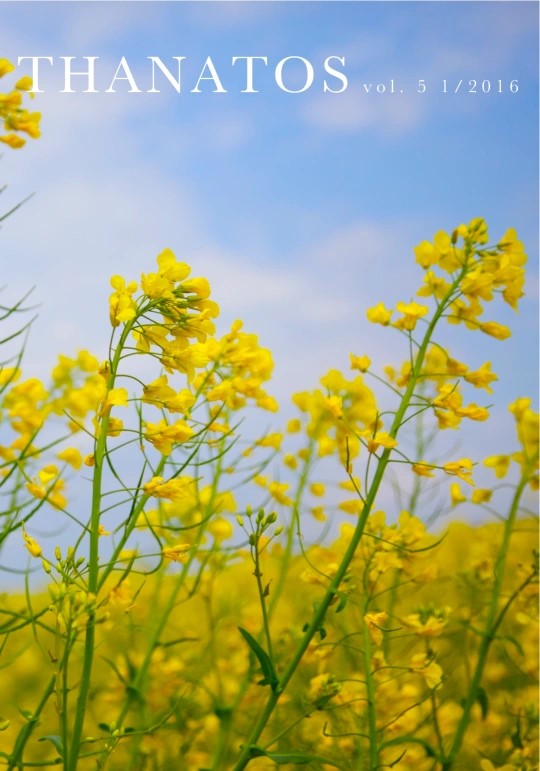Eläimen kuoleman kohtaaminen perheessä
Abstract
Encountering animal death in the family
The status of animals as family members is becoming established in Western societies. Human– animal relationships have been increasingly studied in the social and cultural sciences during the past years, but there is not much research on the death of animals, especially pets. The practices and conceptions related to animal death reflect cultural meanings concerning both human–animal relations and human death. The main differences between human and animal death lie in the preparation for the moment of death and attitudes toward euthanasia. It is usually the human that makes the decision concerning the moment for the animal’s death and undertakes it in a way which seems best and ethically correct. As the relation to pets is more openly emotional than before, we can ask how the death of an animal and the related emotions and ethical questions are encountered in families. Based on previous research, it is known that taking care of pets is most often women’s task, but it is interesting to examine whether the decisions and practices relating to the death of a pet are determined by gender.
In this article we investigate the practices and meanings concerning the death of a pet who is considered a family member. We scrutinize personal experiences of the death of a pet to demonstrate the status of the animal in the family and the dynamics within the family. The data consist of written narratives from a nationwide writing collection called The cat, the dog, and the horse – the animal as a family member (Kissa, koira, hevonen – eläin perheenjäsenenä), organised by the Folklore Archives of the Finnish Literature Society in 2014–2015. In the experiential narratives collected, people remember and reflect on their relationship with their pets. In the analysis we rely on studies of human–animal relations, death, and gender. The central questions examined concern the sharing of the responsibility for animal euthanasia, experiences of grief in the family, burial, and reminiscing. According to the analysis, the way in which the death of a pet is experienced indicates that animals have a firm status as a member of the family, with an emotional connection between the animal and the human family members. Also, due to the general changes in gender identities and the culture of keeping pets, gender roles within the family have transformed in relation to the responsibilities concerning pet euthanasia and to feeling and expressing grief. Finally, the experiences on animal death found in the data demonstrate that interpretations of the human– animal boundary in relation to pets are highly contextual.
Downloads
Published
Issue
Section
License
Copyright (c) 2023 Nora Schuurman, Kirsi Laurén

This work is licensed under a Creative Commons Attribution-NonCommercial-NoDerivatives 4.0 International License.





